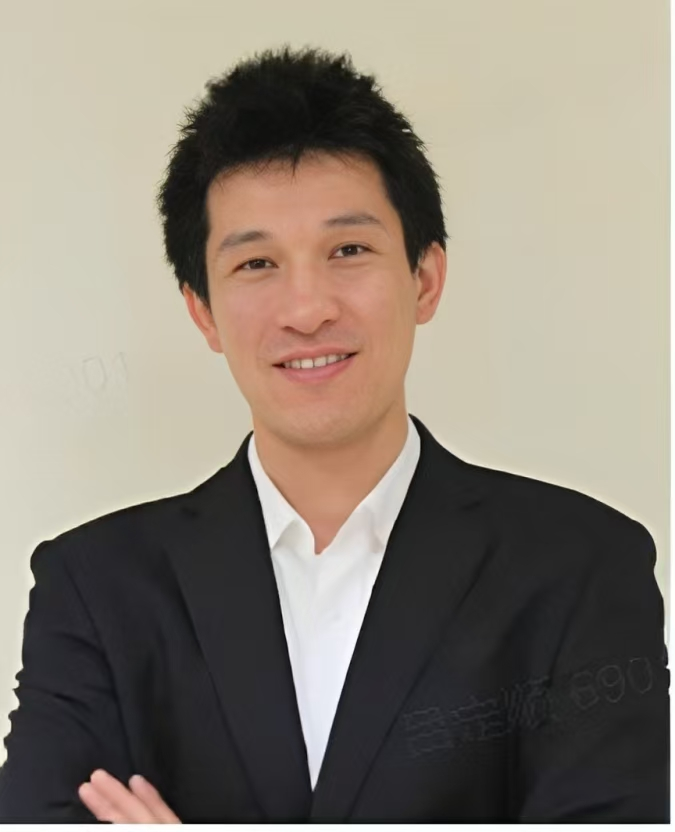报告题目:ByteQC:Towards fast, large-scale and accurate quantum chemistry simulation
报告嘉宾:吕定顺,字节人工智能实验室(AI Lab) 研究员
报告时间:2025年9月10日 10:00
报告地点:吉林大学中心校区唐敖庆楼B区521报告厅
主持人:米文慧
报告摘要
Applying quantum chemistry algorithms to large-scale systems requires substantial computational resources scaled with the system size and the desired accuracy. To address this, ByteQC, a fully-functional and efficient package for large-scale quantum chemistry simulations, has been open-sourced at //github.com/bytedance/byteqc, leveraging recent advances in computational power and many-body algorithms. Regarding computational power, several standard algorithms are efficiently implemented on modern GPUs, ranging from mean-field calculations (Hartree-Fock and density functional theory) to post-Hartree-Fock methods such as Møller-Plesset perturbation theory, random phase approximation, coupled cluster methods, and quantum Monte Carlo methods. For the algorithmic approach, we also employ a quantum embedding method, which significantly expands the tractable system size while preserving high accuracy at the gold-standard level. All these features have been systematically benchmarked.
We further use ByteQC to study adsorption energy for a series of large scale system with the advanced feature ‘embyte’ in ByteQC at CCSD(T) level accuracy for MgO(001) + CO, graphene + small organic molecules, and the metal-organic framework CPO-27-Mg + CO/CO2. The results show that the adsorption energies calculated align within chemical accuracy with experimental values, achieving sub-chemical accuracy in the cases of MgO(001) + CO and CPO-27-Mg + CO/CO2. Subsequently, we attempted to calculate graphene + water monomer by expanding the substrate under both PBC and OBC to eliminate finite size errors. We scaled up to graphene model consisting of 400 carbon atoms, and achieved some surprisely finding.
More importantly, we have recently developed a novel method FERMION which can handle metàlic System accurately and efficiently. We first test it on the Al/Li cohesives enenrgy, then we tackle a more challenge problema, the heterogeneous catalysts problem,such as the CO@Cu(111), which related to the CO puzzle, and also the reaction barrier of Cu+H2.
Last but not least, I shall introduce our recent work, which we reach the SOTA of 2D Hubbard model by using our advanced Neural Quantum States.
嘉宾简介

Dr. Dingshun Lv is a staff scientist and AI for Science manager at ByteDance Seed. Before join ByteDance, I am a senior scientist in Huawei 2012 lab, focus on near-term quantum algorithm, quantum software. I obtain my Ph.D degree from Tsinghua University under Kihwan Kim’s supervisor. I have 10 more publications in Nature Physics, Nature Communication, PRX, PRL, npj Computational Material, Chemical Science, JPCL/JCTC and so on. My current interests include large-scale quantum chemical simulations, strongly correlated system simulations, quantum embedding theory and its applications and AI for Science.
举办单位:
欧洲杯
物质模拟方法与软件教育部重点实验室